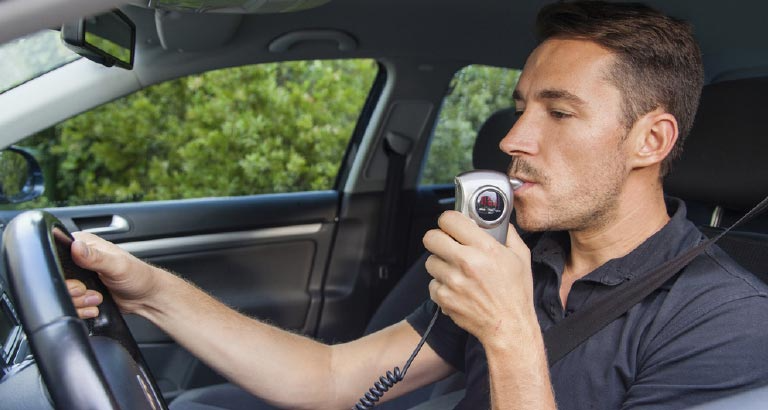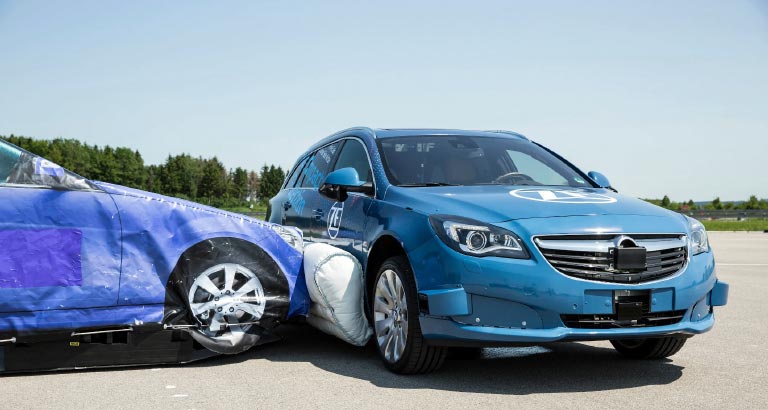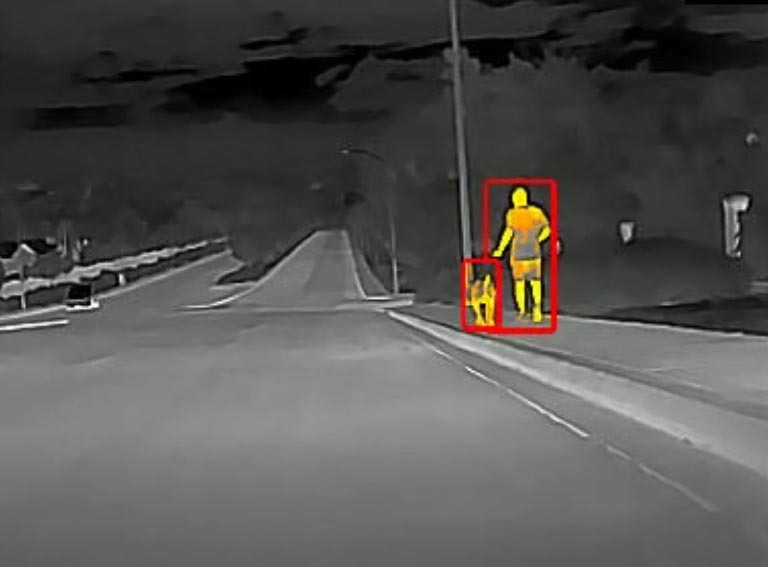
Road safety continues to be one of the hottest topics in the motoring industry today, with numerous marques committing to goals including zero fatalities in their cars by the end of the decade. Kristian Harrison examines the latest safety technology and speculates how much further it might go in the coming years.
It seems incredible to believe that it was only 39 years ago when seatbelts were made compulsory for drivers and front-seat passengers by UK lawmakers, and just 31 years for rear passengers.
Now it doesn’t even register when we climb into our cars; grabbing the belt and shoving it into the buckle is as passive and second-nature as breathing. Ultimately though, they are the bare minimum when it comes to safety.
Fast-forward to 2022, and reading the press material or reviews of any new vehicle will result in you being hit with a barrage of sensors, buttons, features and devices all aimed at reassuring motorists and their passengers that they will be as safe as physically possible.
 Two innovations, ratified by the European Council and now mandatory for all new cars sold in the EU as of this year, are targeting the heart of the two greatest killers on the roads: drink driving and speeding.
Two innovations, ratified by the European Council and now mandatory for all new cars sold in the EU as of this year, are targeting the heart of the two greatest killers on the roads: drink driving and speeding.
The first is the ‘alcohol interlock installation facilitation’, a mouthful in more ways than one as it requires the driver to blow into an in-car breathalyser before starting the car. If the driver’s alcohol level is too high, the car simply won’t start.
Initially, this will only be required for drivers who already have a pre-existing drink driving conviction, but it’s hard to believe it won’t become a blanket requirement in the not-too-distant future.
The second feature is the more kindly named ‘intelligent speed assistance’. This uses GPS as well as a built-in sign recognition system to detect if the car is going over the speed limit. If it is, the system will warn the driver and automatically slow down the car. However, the driver will be able to override this by pushing on the accelerator pedal.
Whether these new technologies work as intended (you could always ask someone else to breathe into the device for you, for example) remains to be seen, but the EC wants to cut the number of deaths on EU roads by half (down to 10,500) by 2030.
 While current safety features are refined constantly, it’s a case of diminishing returns over the years as eventually they become so perfected and accurate that there is only the most minor room for error and attention shifts to new tools. Indeed, it is fun to speculate what might become standard over the next decade or so and, like with seatbelts, we might look back and wonder in amazement: “Why weren’t they around much earlier?”
While current safety features are refined constantly, it’s a case of diminishing returns over the years as eventually they become so perfected and accurate that there is only the most minor room for error and attention shifts to new tools. Indeed, it is fun to speculate what might become standard over the next decade or so and, like with seatbelts, we might look back and wonder in amazement: “Why weren’t they around much earlier?”
Take airbags for example. They’re fitted in every car now, but what about external airbags? Manufacturers are now looking at ways to use the same idea to help protect pedestrians and animals who may collide with vehicles by fitting airbags externally.
Whatever technologies come to fruition in the future, let’s hope that we continue to drive the numbers of fatalities and casualties on our roads down.



